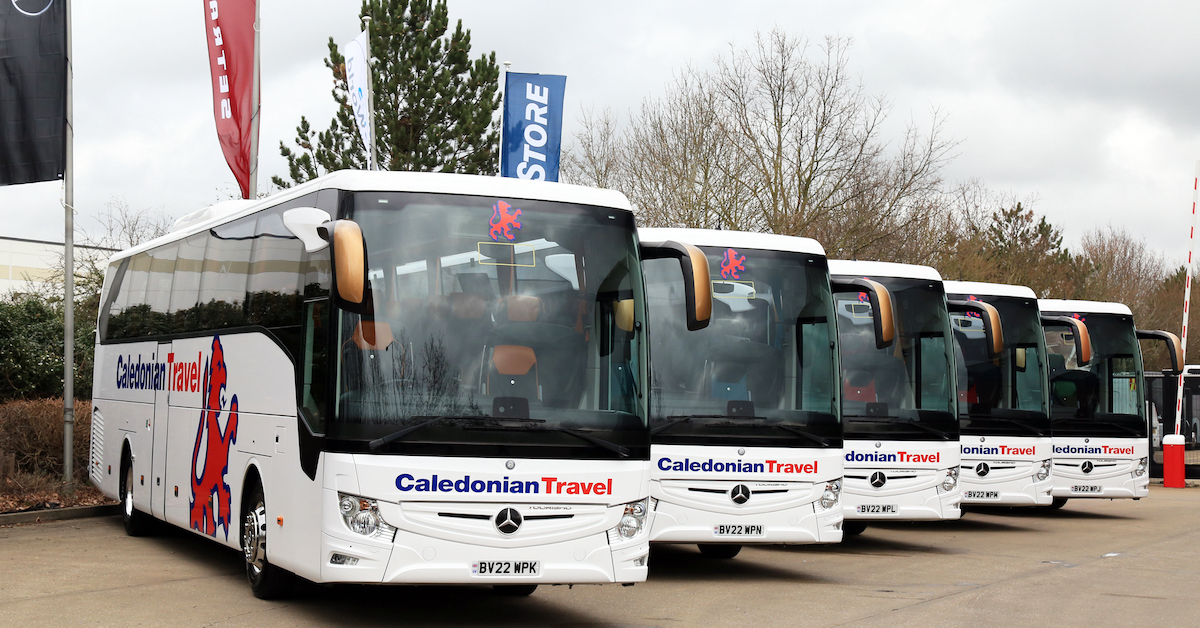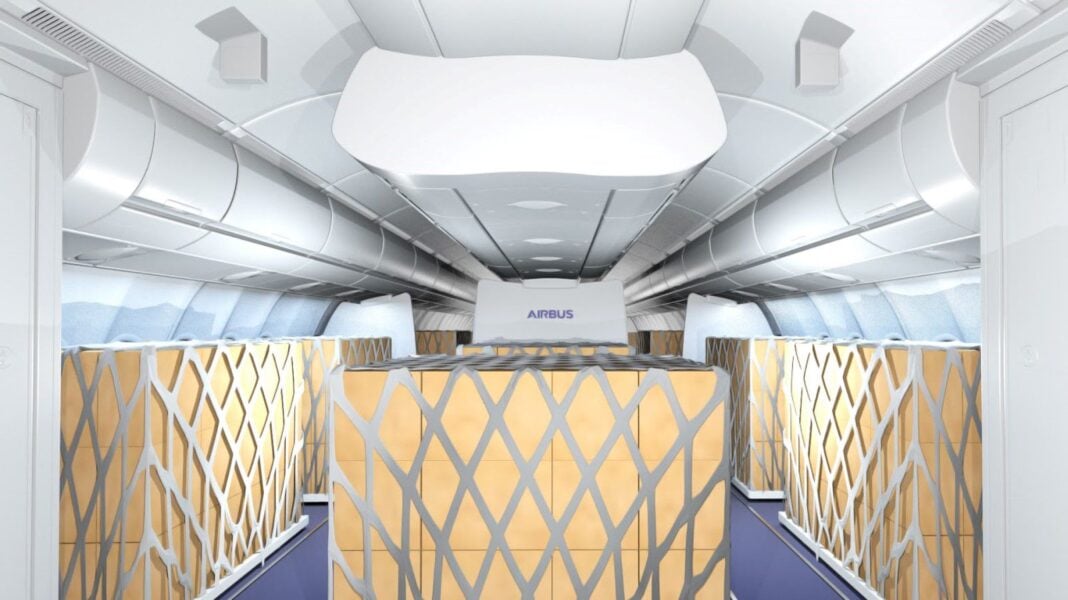Lost Luggage: Answering the Call With Technology
eTurboNews: Are you on those travelers following a new trend to fit what you need for a trip in one piece of carry-on luggage just to avoid having to check-in something that has not only the potential to cost...

Are you on those travelers following a new trend to fit what you need for a trip in one piece of carry-on luggage just to avoid having to check-in something that has not only the potential to cost more but also the possibility of getting lost?
At airlines and airports, the number of mishandled pieces of luggage is growing, nearly doubling from 2021 and 2022 to the current rate of almost 8 bags per thousand airline passengers being lost. In the most popular aircraft, the A380 which seats a little over 500 passengers, that means on every flight potentially 4 people will arrive but their luggage will not. That’s a 75% increase in lost luggage.
How do bags get lost in the first place?
What is the cause of this? Mainly it is due to a shortage of staff, coupled with a higher demand in travel, equaling congestion at airports and stressful check in processing which of course includes checked baggage. When human beings are rushing, mistakes are bound to happen.
In 2022, bags that got delayed accounted for 80% of all mishandled bags, while stolen and lost bags amounted to 7% and on a positive note, damaged bags actually decreased to 13%. That 80% of mishandled bags usually falls into the category of bags that have to go through a transfer – when more than one flight is involved in luggage getting to its final destination at the same time its owner does. Normally this is due to bags failing to get loaded onto the proper flights – that seems perfectly logical – and accounts for close to half of the mishandling rate in this category.
Is there a simple solution?
As seems to be the answer in many scenarios these days, technology appears to be the answer. The aviation industry, like the hospitality industry, is looking to invest its funds into automation and digitalization. After all, this solution does not involve the human factor, so supposedly there is a lesser chance for errors and in the long run, money is saved from not having to spend company revenue on training, wages, and employee benefits.
Nearly 70% of airlines plan to offer real-time baggage status information directly to passengers through mobile access. By 2025, close to 84% of airlines are likely to be offering this as a baggage tracking solution. With a system designed by SITA called WorldTracer Auto Reflight, if a bag is not likely to make its planned connecting flight, it is automatically identified and rebooked on the next possible flight using the same bag tag and informing the airline passenger of real time updates.
Doesn’t seem like that big of a deal?
Consider that “reflighting” baggage, if you will, could save the airline and airport industry up to $30 million per year.
Now, the next big question is, will that savings be extrapolated to the airline customer in the form of lesser or zero baggage fees that have gone upward in a very unsavory manner? Perhaps a question to be answered in time.
Some data has been reported in the SITA 2023 Baggage IT Insights report.
@media (max-width: 1200px) {
Read more: Lost Luggage: Answering the Call With Technology
Copyright: eTurboNews is Travel Industry News – Travel & Tourism Story Telling Exposed
| Continue reading: https://eturbonews.com/lost-luggage-answering-the-call-with-technology/

 Lynk
Lynk 
































